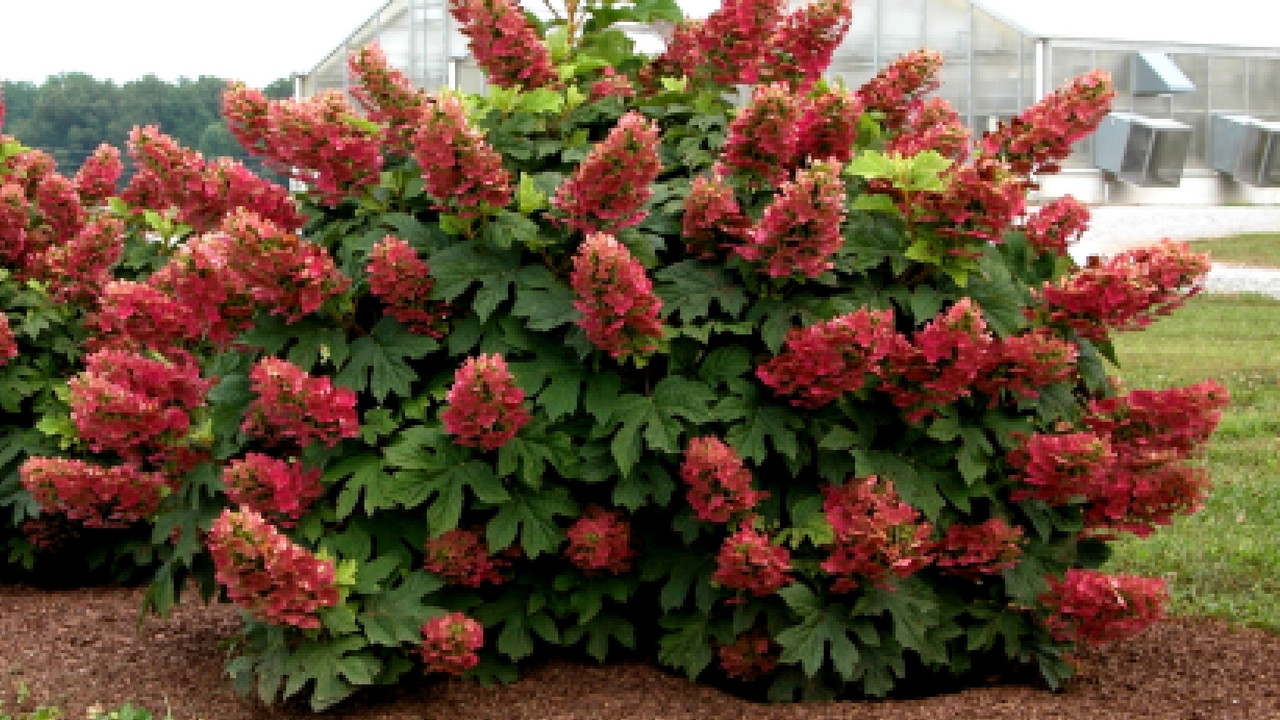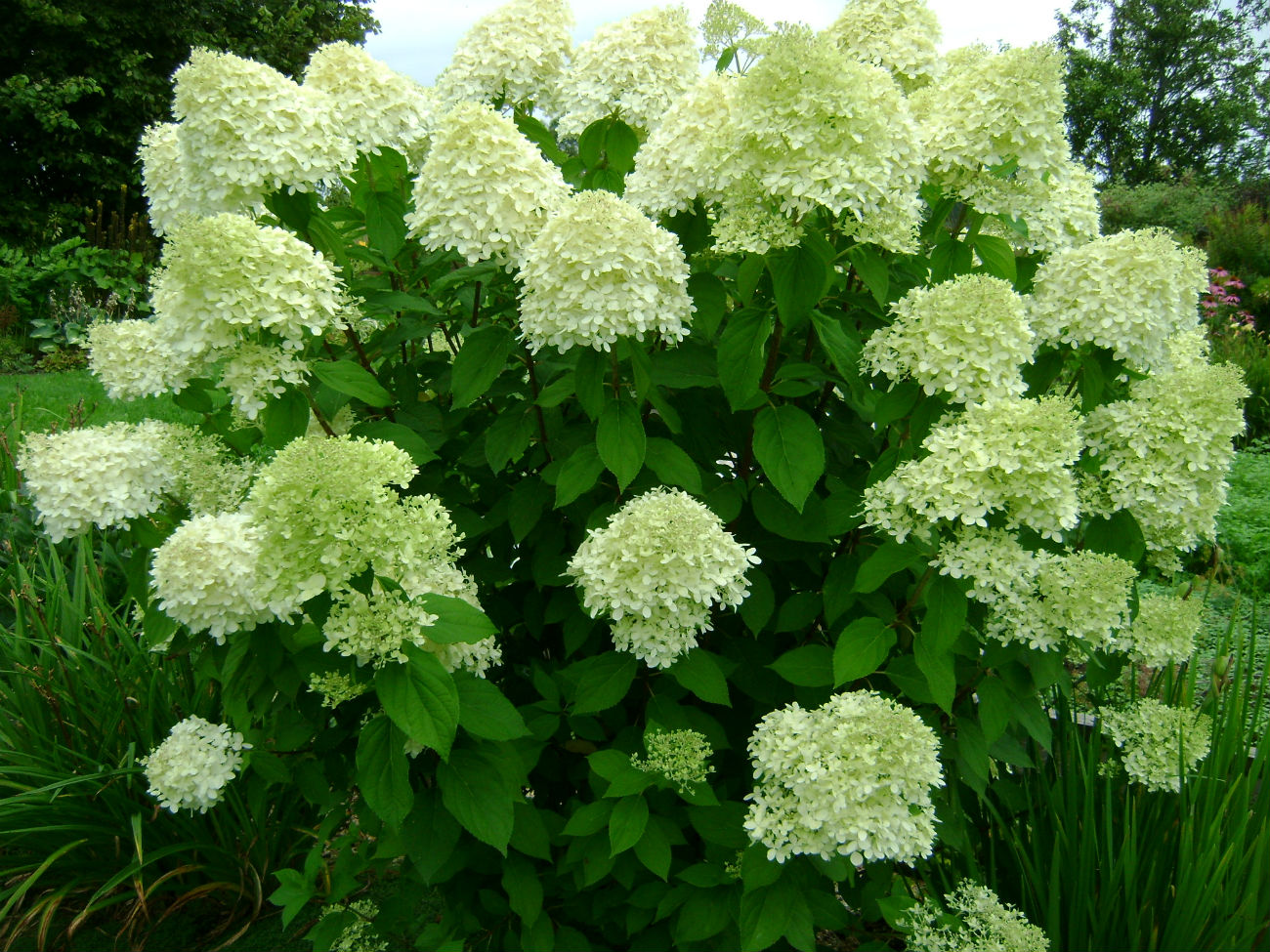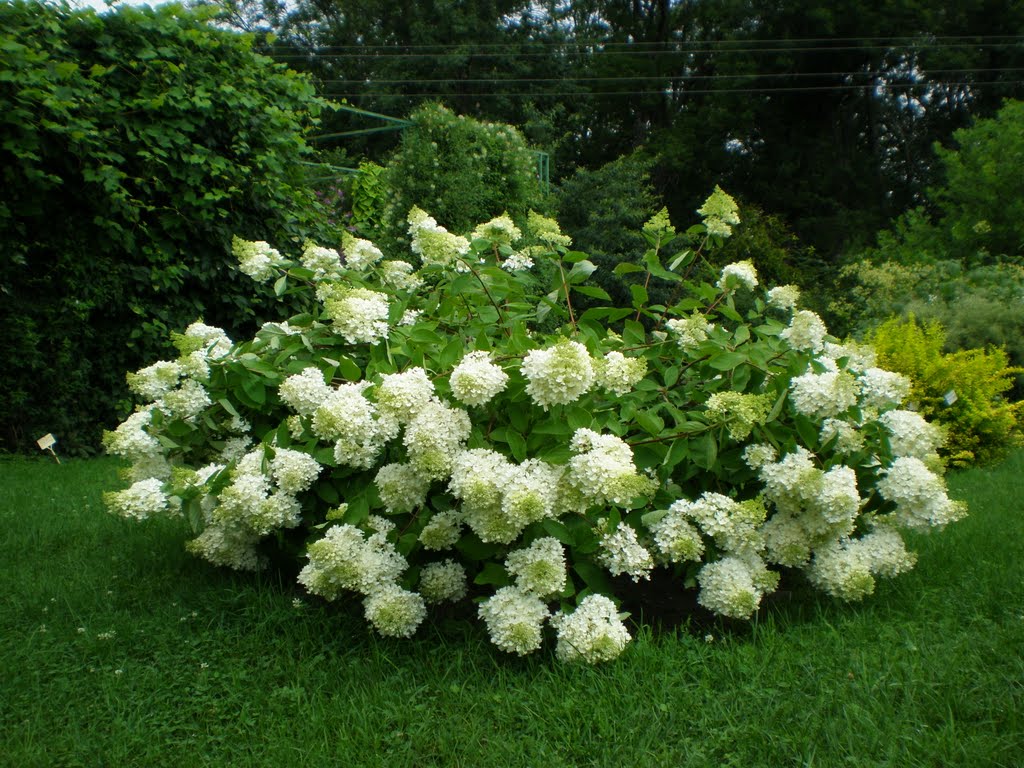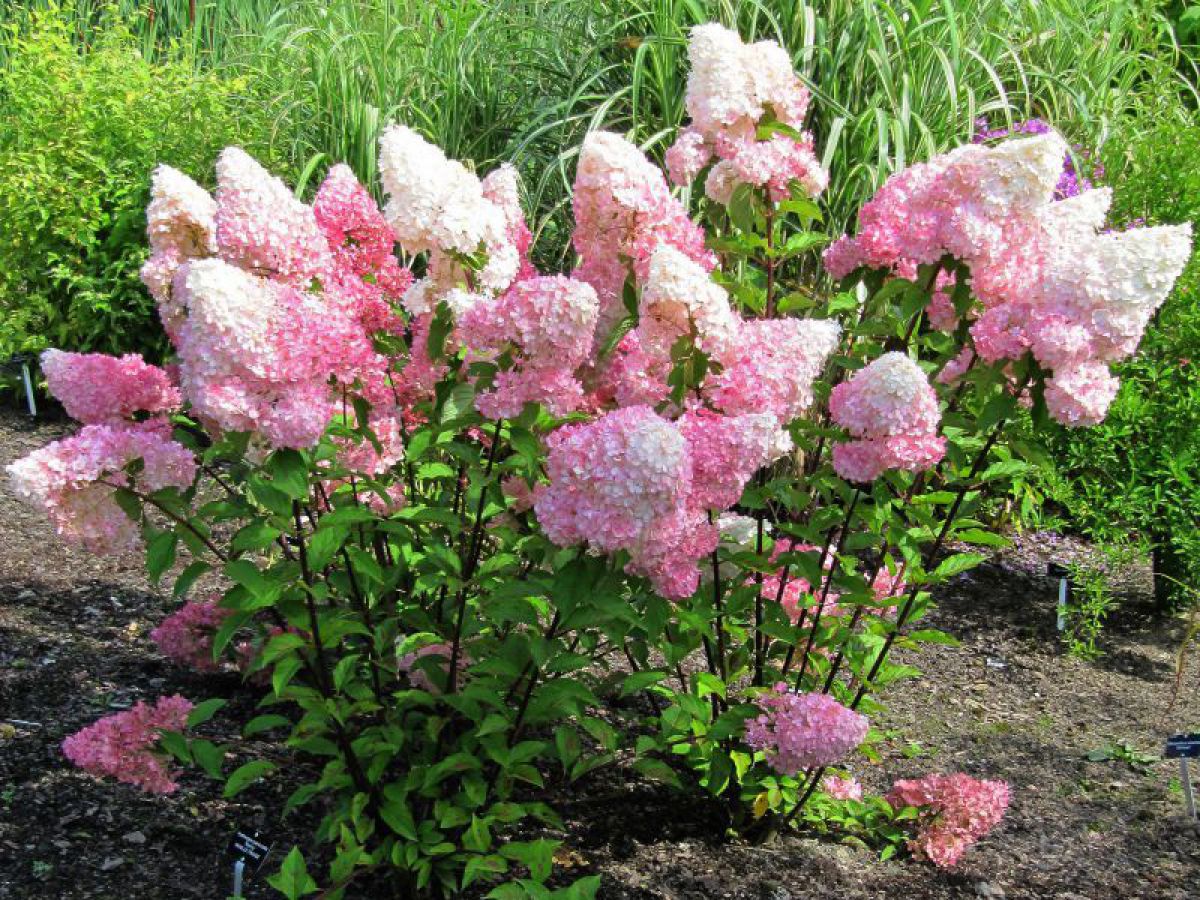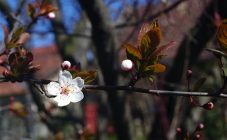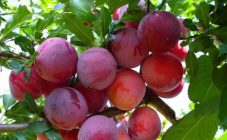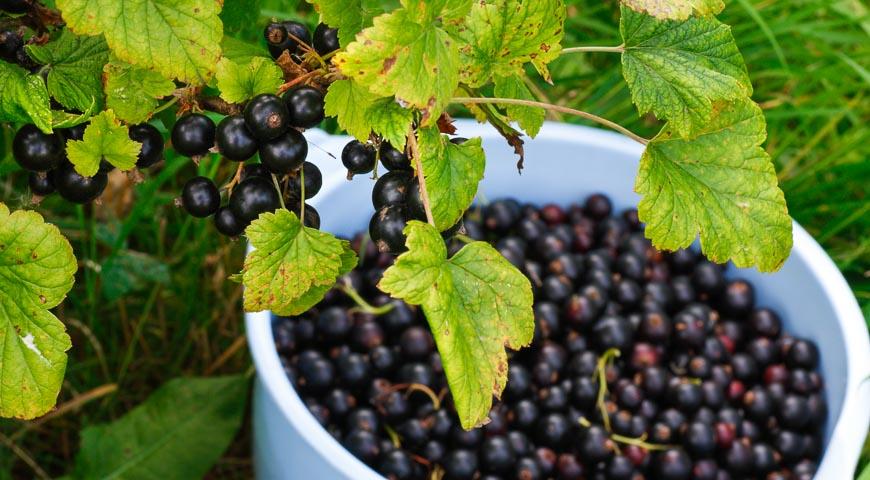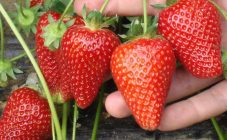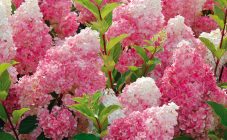Hydrangea belongs to the group of flowering perennials. It is widely used in landscape design. Hydrangea is a rare quality among perennials - it has a long flowering period (in some varieties it lasts throughout the season). Thanks to the achievements of breeding, varieties and hybrids with increased frost resistance are presented on the market today. Such varieties are able to quickly recover from frost damage.
Southeast Asia is considered the birthplace of hydrangea. Hydrangea spread to Europe from Japan in the 19th century, and its selection began in the middle of the 20th century. Now there are many varieties available that can be safely grown in central Russia, and some varieties are capable of acclimatizing in the harsh conditions of Siberia.
In Russia, 3 types of hydrangea are grown: tree-like, paniculate, large-leaved.
The panicle hydrangea is considered an unpretentious species. An adult can hibernate without shelter, while young plants require shelter for the winter.
Description of the species
The height of the bush depends on the variety. The root system is fibrous, located superficially, mainly horizontally. Shoots are quickly covered with bark. Lignification increases frost resistance, and, accordingly, the possibility of growing in regions with severe winters. The leaves are large, up to 10-12 cm long, the color of the leaves is from light to dark green. The leaves are elliptical in shape, with a serrated or serrated edge. The surface of the leaf is velvety. Paniculate inflorescences, up to 25-35 cm long, up to 30 cm in diameter. Inflorescences are formed on the shoots of the current year, in some varieties and on last year's ones. The color of the inflorescences and its intensity is determined by the variety, and also depends on the acidity of the soil, weather and light.
Flowers in most varieties are presented in 2 types: small fertile flowers and large sterile flowers, which are usually located at the edge of the inflorescences. The intense scent of flowers attracts bees and bumblebees.
The flowering period depends on the particular variety. There are varieties that bloom in May. Flowering continues until frost. Among perennial crops, such a long flowering period is rare. The best place for growing is partial shade. In some varieties, in bright light, flowers in inflorescences can be chopped.
The fruit is a box with seeds. With quality care, hydrangea can delight with its flowering up to 60 years.
Types of hydrangeas for the Moscow region
In the climatic conditions of Moscow and the Moscow region, it is recommended to grow a tree-like, paniculate, large-leaved hydrangea.
Treelike hydrangea has a powerful root system, which contributes to the fact that it tolerates frost well. Plants damaged by frost recover quickly. The bush is rapidly growing young shoots and has time to recover and bloom on time. The best varieties of hydrangea tree for the Moscow region:
- Anabel,
- Sterilis,
- White House,
- Bella Anna.
Hydrangea paniculata differs from tree hydrangea in higher winter hardiness. Shoots are completely overgrown with bark by winter. The flowering period is from June to October. Inflorescences are panicle-shaped, similar in shape to lilacs.
The large-leaved type of hydrangea is the most fastidious of the plants recommended for the Moscow region. Large-leaved hydrangea is known for changing color depending on the acidity of the soil.In alkaline soil, the flowers turn pink, and in acidic soil, they turn blue. You can achieve incredible decorativeness by growing bushes with inflorescences of different colors. To do this, you need to acidify the soil on one side and alkalize on the other. The bright blue color of the flowers is given by aluminum alum. The following varieties are suitable for a garden near Moscow:
- Endless Summe,
- Peppermint.
Hydrangea paniculata: the best varieties for the Moscow region
The weather in the Moscow region is quite capricious, so it is better to choose hydrangea from zoned varieties. Panicled hydrangeas for the Moscow region should be distinguished by increased winter hardiness. Most varieties can develop well in conditions of increased air pollution, which allows them to be used in urban areas for decorating parks, squares, administrative buildings, as well as creating hedges near highways.
- Grandiflora. This variety was grown in pre-revolutionary Russia in noble estates. Inflorescences are large (up to 30 cm). During the season, the inflorescences change color from dazzling white to purple. In the Moscow region, Grandiflora blooms from July to September. The variety is frost-resistant. When dried, the inflorescences do not change color, therefore they are often used to create effective dry compositions.
- Hydrangea paniculata Vanilla Freise is a bush up to 2 m high, crown diameter up to 1.5 m. During the flowering period, the bush is strewn with snow-white inflorescences up to 40 cm long and up to 30 cm wide. Later, the inflorescences acquire a soft and bright pink color. Blooms in July and continues to bloom until October.
- Panicle hydrangea Prim White. The variety is characterized by the earliest flowering (May). Has white, slightly flat panicles with a large number of sterile flowers with large sepals. In the blooming phase, the flowers have a yellowish tint, and when fully blossomed, they become dazzling white. Pruning is best done immediately after flowering. This variety is suitable for container growing.
- Hydrangea paniculata Phantom. The inflorescences have an aroma with honey notes. The variety has good immunity to diseases in high humidity conditions. Prized for long flowering.
- Hydrangea paniculata Limelight - the bush grows up to 3 m. It blooms in July and continues to bloom until the end of September. The variety is frost-resistant. Shoots quickly grow wood, can withstand heavy inflorescences without a garter and supports. The color of the inflorescence in sunny areas will be snow-white, in partial shade conditions - greenish.
- Panicle hydrangea Polar Bear - a new spectacular variety (2013). The inflorescences are cone-shaped, up to 40 cm long. Polar Bear hydrangea is highly decorative. The color of the inflorescences varies from dazzling white to light pink. The variety got its name (Polar Bear) as the most frost-resistant variety.
- Vims Red Kust grows up to 1.5-2 m. Inflorescences are white, which by autumn changes to dark and burgundy red. Long bloom (from June to October). Weems Red can grow both in the shade and in sunny areas.
- Kiushu, an early flowering variety, hardy. An acidic soil is suitable for cultivation. The bush grows well in width, forming a magnificent blooming ball.
- Hydrangea Diamond Rouge is a real innovation. According to gardeners, this is the most beautiful variety known. In early July, the flowers open up completely white flowers, which turn pink after a few days. By August, they turn purple-red. Diamond Rouge is a highly decorative variety.
- Hydrangea Levana is a tall shrub. The variety is characterized by intensive growth. In two to three years it reaches the size of an adult plant. It has strong shoots, therefore it does not need tying and creating supports. Inflorescence height 50 cm. Long flowering.
When choosing a variety, you need to pay attention to its relation to the type of soil, to the illumination of the site and the availability of moisture. For planting, select areas that meet the requirements of the variety.
Hydrangea propagates by seedlings, cuttings, layering, seeds.When used for planting three to four-year-old seedlings, you can get flowering in the year of planting. The most inexpensive way to propagate a hydrangea is to root the cuttings yourself. Usually they are cut during the pruning of the shrub.
For the lush flowering of hydrangeas, high-quality care is needed: watering, feeding, pruning.
Hydrangea paniculata is a moisture-loving culture, therefore it needs timely and sufficient watering.
Hydrangeas need feeding to maintain lush flowering. For this, complex mineral and organic fertilizers are used. In the fall, to prepare the plant for winter, fertilizing with phosphorus-potassium fertilizer is carried out.
Thus, a good choice of a variety will allow you to get a guaranteed result and enjoy the delightful flowering of your pet for many years.
